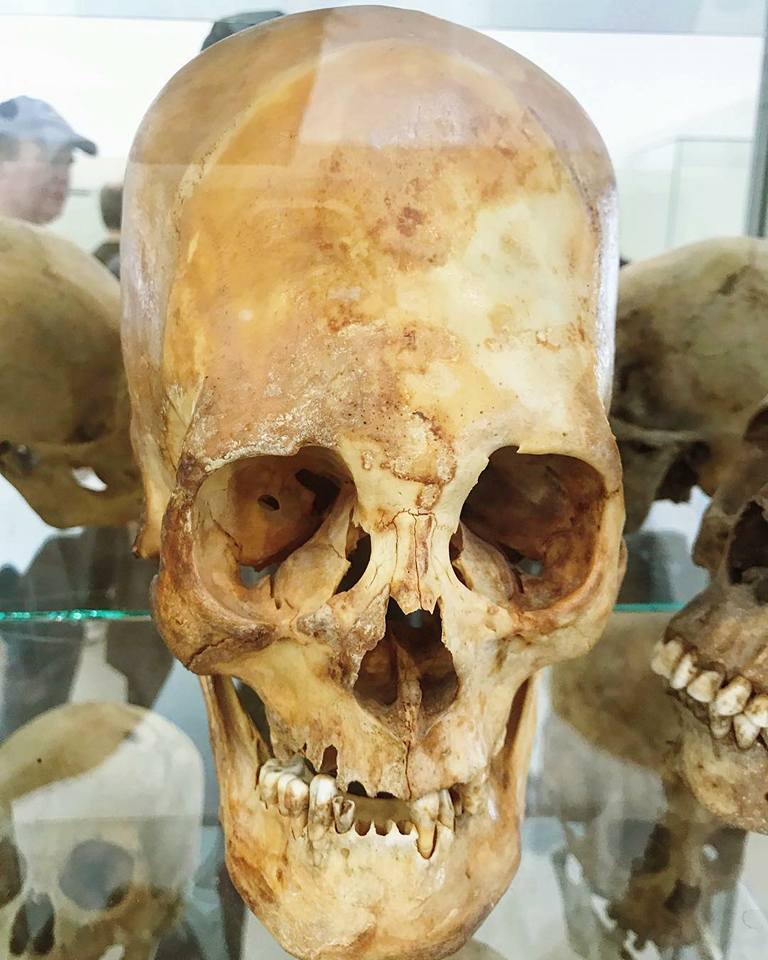An elongated skull in the Paracas museum in Peru dates back approximately 3000 years.

The analysis of DNA in some of these skulls of Paracas has been done recently and verifies that the elongation was not only caused by the artificial cranial deformation, but rather by genetics. Part of the cranial volume of the elongated skull is up to 25 percent larger and 60 percent heavier than conventional human skulls. Which means that they could not have been intentionally deformed by clogging the head or flattening, since the cranial deformation can change the shape, but it does not alter the volume or weight of a skull …









